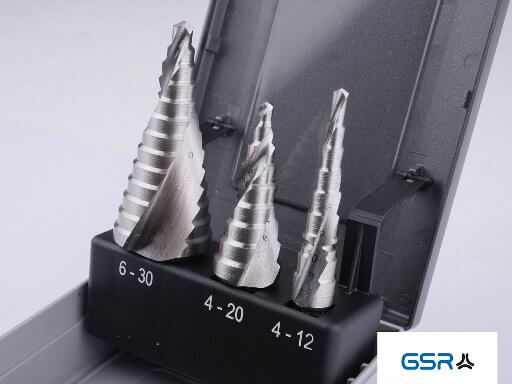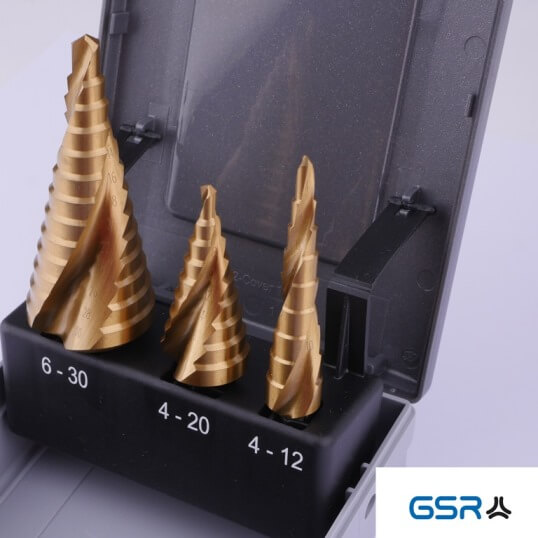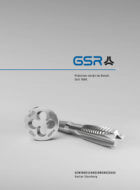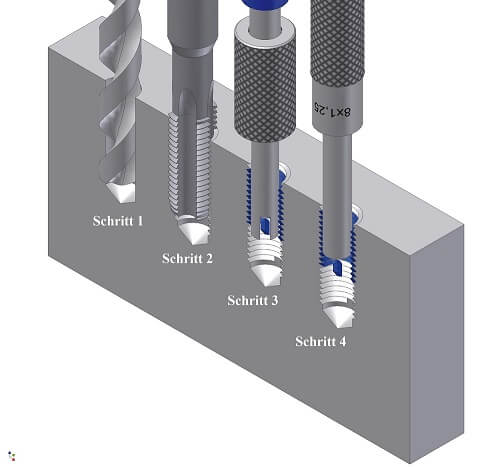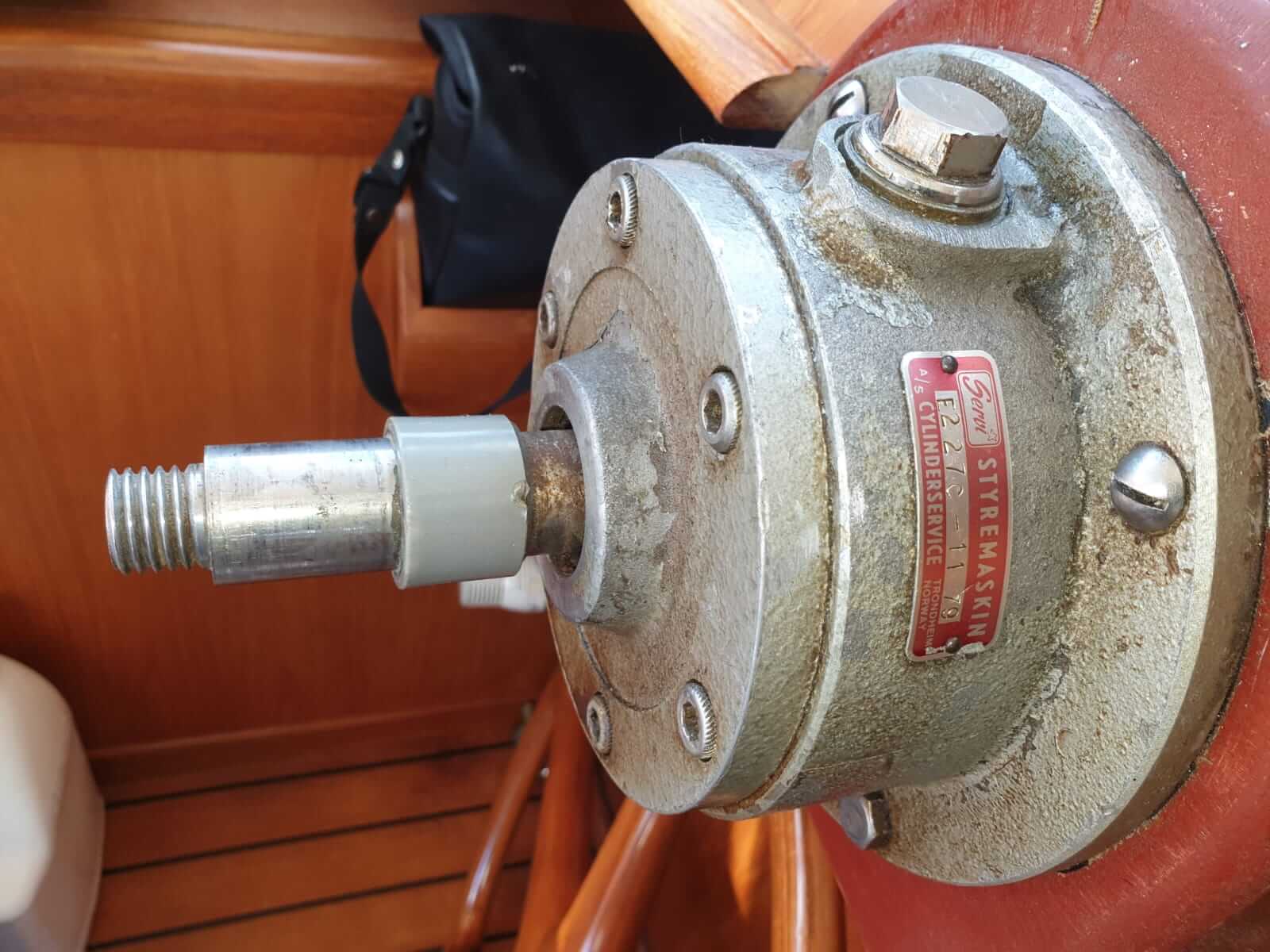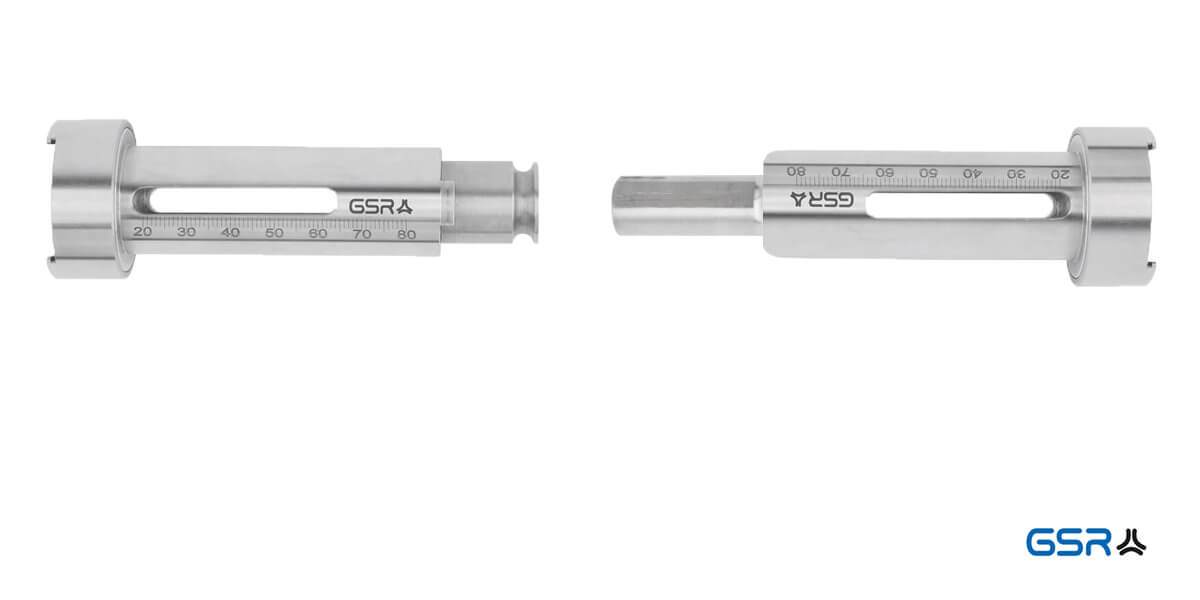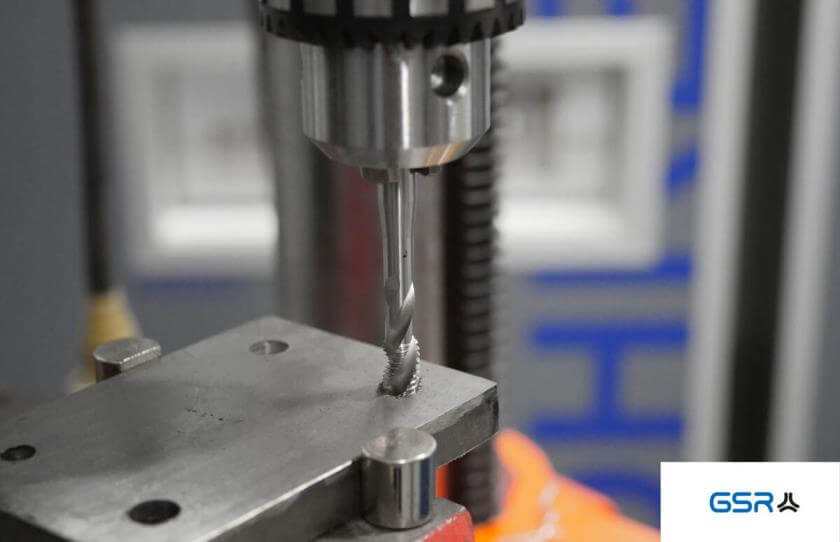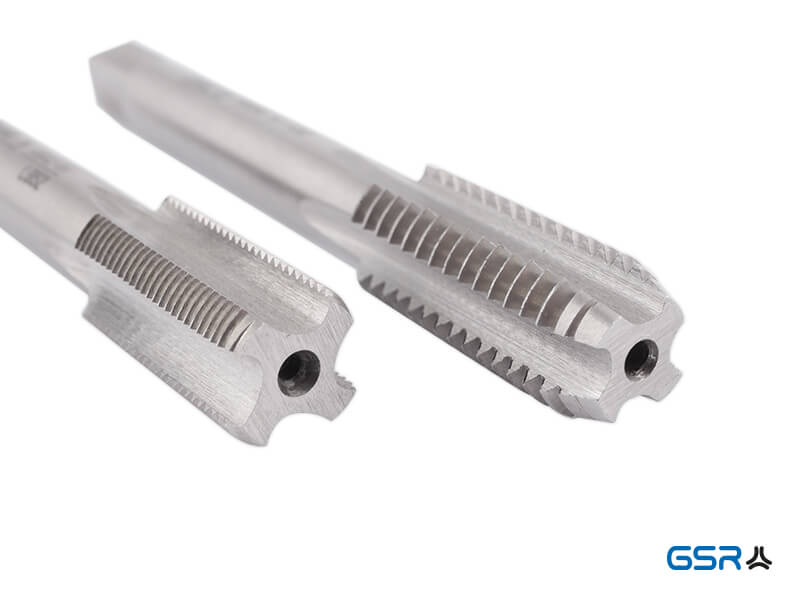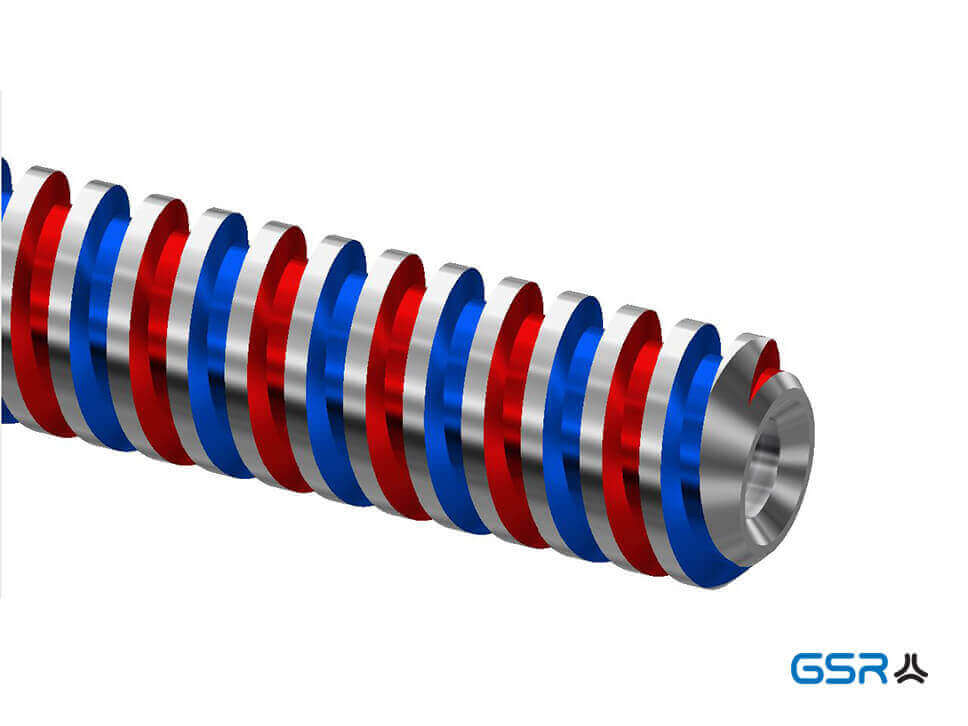Correct drilling in thin sheets with step drill & sheet metal peeling drill
Sheet metal peeling drills and step drills are the specialists for thin sheets. They enable the drilling of through holes with a variety of bore diameters in thin-walled materials.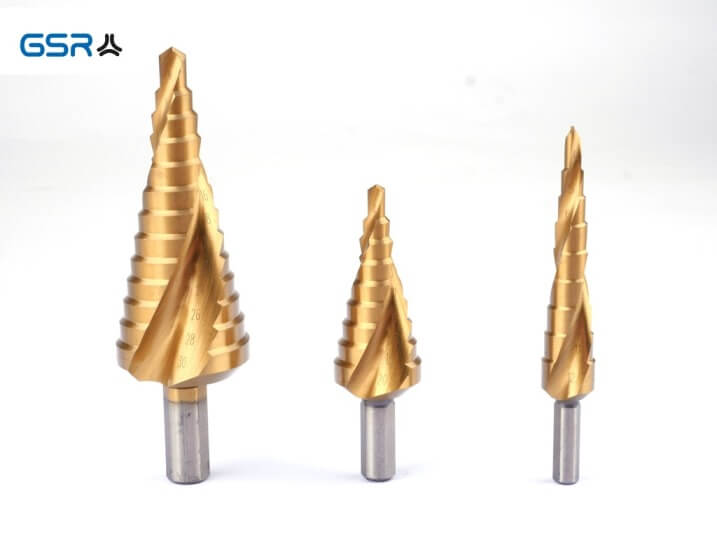
Plate peeling drill
With the sheet metal peeling drill you can drill steplessly. However, the edges of the hole are tapered, i.e. “slanted”. This can be very disadvantageous under certain circumstances. In addition, you must always measure when drilling to ensure that your hole does not become too large. These are the disadvantages of the sheet metal peeling drill.
Step drill
With the step drill you can drill in steps with straight hole edges. With the next higher step you can deburr the hole. However, the drilling depth is limited by the height of the step. Step drills allow centering, spot drilling, reaming and deburring with only one tool. Due to the geometry of these drill types, thin-walled materials such as sheet metal are the main area of application. Computer housings, car bodies and switch cabinets are typical fields of application for sheet metal peeling drills and step drills. It must always be a through hole.
The drills usually have a cylindrical shank and can be easily clamped in a three-jaw chuck. There are also models with hexagonal shank. These can then also be used in cordless screwdrivers.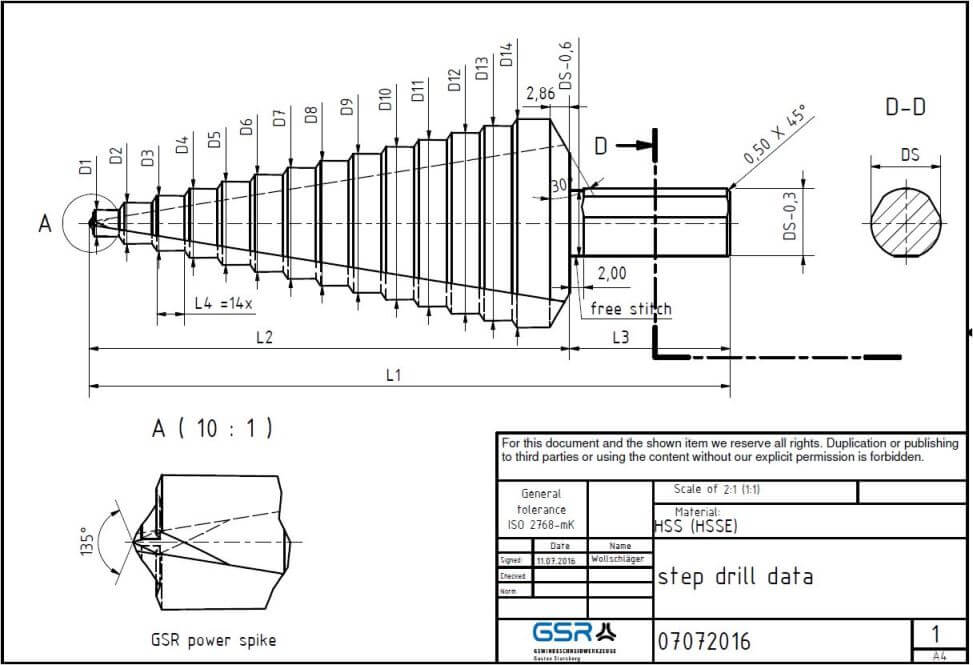
By the way, step drills are available in our shop:
- Step drill sets plain, TiN, spiral fluted and straight fluted
- PROFI Step Drill Set 4-30mm HSS-G | straight fluted | 3-piece | 4-12 / 4-20 / 4-30 mm
- PROFI Step Drill Set 4-30mm HSS-G TiN | straight fluted | 3-piece | 4-12 / 4-20 / 4-30 mm
- PROFI Step Drill Set 4-30mm HSS-G | spiral fluted | 3-piece | 4-12 / 4-20 / 4-30 mm
- PROFI Step Drill Set 4-30mm HSS-G TiN | spiral fluted | 3-piece | 4-12 / 4-20 / 4-30 mm
- GSR PROFI electric step drill in HSS-G 3,5-40 mm | straight fluted | SplitPoint | CBN ground
